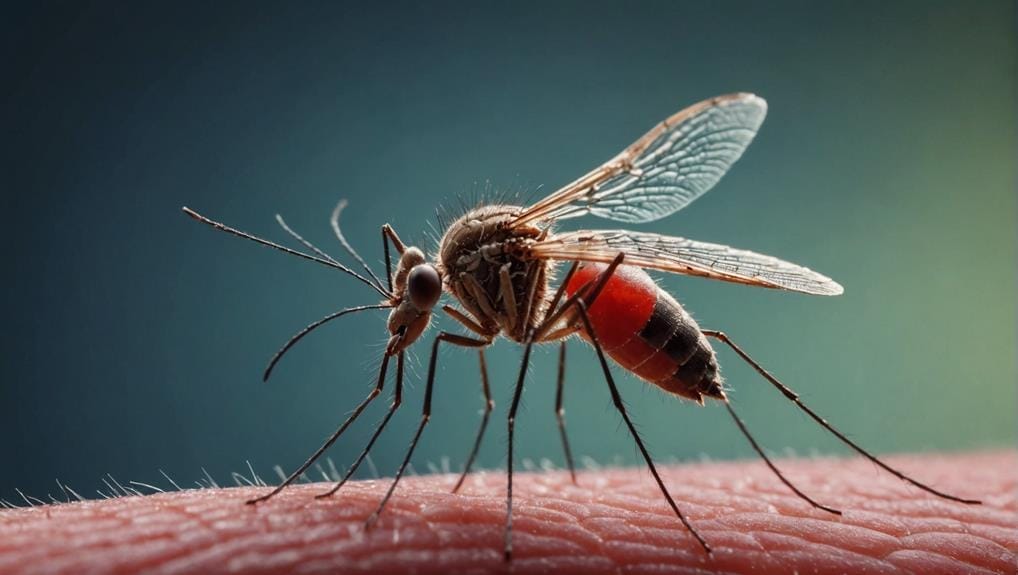How Mosquitoes Use Six Needles to Suck Your Blood [Video Inside]

When a mosquito bites, its proboscis triggers a six-part system that works in tandem to extract your blood. Two of the six needles act like teeth, two like clamps, and two detect blood vessels, all shielded by the labium. These specialized parts work together to pierce your skin, detect the right spot to feed, and suck up your blood. The proboscis is a remarkable, complex mechanism that allows the mosquito to get the nutrients it needs. But what drives these insects to find and bite you in the first place? And what happens after the bite? There’s more to the story.
Key Findings
• The mosquito’s six-part proboscis works together to extract blood from the body, each part playing a unique role.
• The six needles, shielded by the labium, penetrate the skin, with two acting like teeth, two like clamps, and two detecting blood vessels.
• Receptors on the proboscis detect blood flow and locate the best feeding spots, ensuring a precise and efficient feeding process.
• The proboscis is a long, thin, pointed mouthpart that pierces the skin, and the six needlelike mouthparts suck up blood from the vessels.
• The anticoagulant injection prevents blood from clotting and allows the mosquito to feed, making the blood-sucking process possible.
The Mosquito’s Six-Part Feeding System
As you explore the intricacies of the mosquito’s feeding mechanism, you’ll discover that its proboscis is a remarkable, six-part system that works in tandem to extract blood from your body.
The six needles, shielded by the labium, penetrate the skin. Two act like teeth, two like clamps, and two detect blood vessels.

How Mosquitoes Find and Bite
Mosquitoes can detect your unique chemical signature, which includes carbon dioxide, body heat, and volatile fatty acids, to track you down as their next potential meal.
Female mosquitoes, responsible for biting, use over 150 receptors on their antennae and proboscis to detect these cues, even distinguishing between men and women and what they’ve eaten.
The Blood Sucking and Injection Process
Mosquitoes pierce your skin with their proboscis, a long, thin, pointed mouthpart, and inject an anticoagulant to prevent your blood from clotting.
As they feed, their six needlelike mouthparts – including mandibles and labrum – suck up blood from your vessels.
Receptors on their proboscis detect blood flow, and volatile fatty acids help them locate the best feeding spots.
Diseases Spread Through Mosquitoes
Hundreds of thousands of deaths and millions of illnesses worldwide each year can be attributed to diseases spread through mosquito bites.
When these vectors inject viruses and parasites into your blood vessels, you risk contracting West Nile, malaria, dengue, and Zika.
Mosquitoes are a significant public health concern, spreading diseases that can cause severe illness and even death.
Conclusion
As you swat at the buzzing pest, remember that mosquitoes have mastered the art of sucking your blood with precision.
Their six-part feeding system is a marvel of evolutionary engineering, allowing them to inject saliva and suck blood with ease.
It’s a ‘cutthroat’ business, but mosquitoes have been perfecting their craft for millennia. Now that you know the intricacies of their feeding process take precautions – these tiny vampires can pack a big punch.
